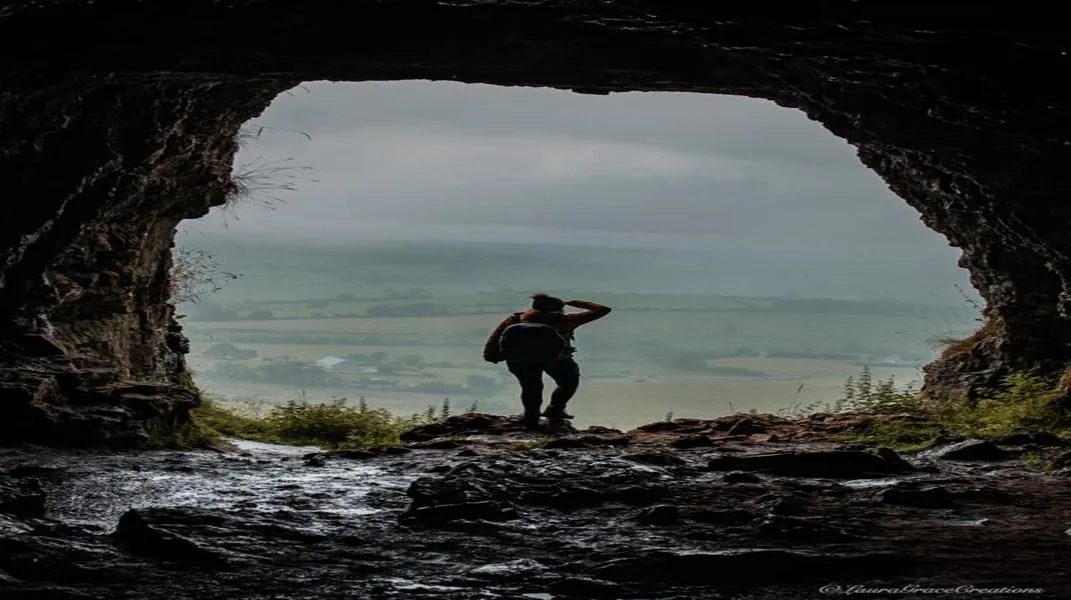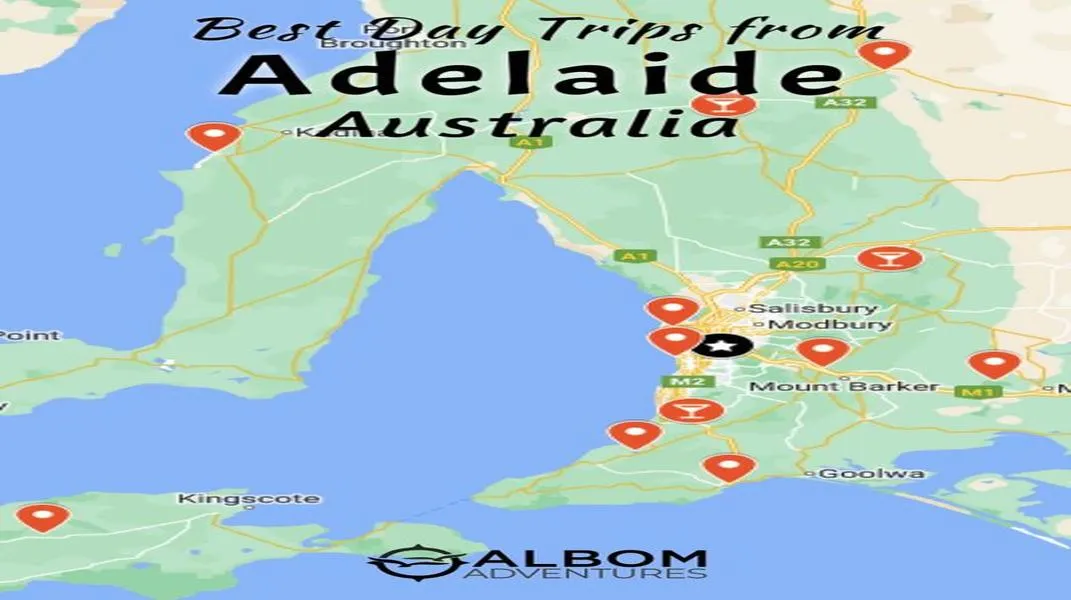Discovering Sligo: A Hidden Gem in Ireland
Nestled on the northwest coast of Ireland, Sligo is a captivating blend of stunning landscapes, rich history, and vibrant culture. Known for its dramatic scenery, including rugged coastlines, rolling hills, and ancient sites, Sligo is an ideal destination for travelers seeking to immerse themselves in the natural beauty and heritage of Ireland. Whether you are a history buff, an outdoor enthusiast, or someone looking to experience local Irish culture, Sligo has something for everyone.

A Brief Overview of Sligo
Sligo, often referred to as the "Land of Heart's Desire," is a town steeped in literary history. It was famously associated with the poet W.B. Yeats, who found inspiration in the region’s landscapes and folklore. Today, Sligo is not just a town; it’s a gateway to the breathtaking beauty of County Sligo, where one can explore historical sites, engage with the local arts scene, and partake in various outdoor adventures.
Attractions in Sligo
-
Ben Bulben
One of the most recognizable landmarks in Sligo is Ben Bulben, a majestic tabletop mountain that rises dramatically from the surrounding landscape. The mountain is a part of the Dartry Mountain range and is often referred to as the "Sleeping Giant." Hikers and nature enthusiasts flock to Ben Bulben to explore its many trails, which offer varying levels of difficulty and breathtaking panoramic views of the surrounding countryside and the Atlantic Ocean. The area is rich in biodiversity, and the unique geological formations provide a fascinating backdrop for both casual walkers and seasoned climbers.
-
Sligo Abbey
For history enthusiasts, Sligo Abbey is a must-visit attraction. Founded in 1253 by the Franciscan Order, this medieval abbey is a remarkable example of Gothic architecture. Visitors can explore the abbey’s ruins, which include a beautifully preserved cloister and some exquisite stone carvings. The abbey is also home to a collection of interesting artifacts, including the tomb of the last of the O'Conor kings. The site is not only significant for its architectural heritage but also offers a glimpse into the religious and cultural history of the region.
-
Carrowmore Megalithic Cemetery
Dating back to the Neolithic period, Carrowmore is one of the largest and oldest cemeteries in Europe, featuring over 60 tombs. The site is a UNESCO World Heritage Site candidate and provides visitors with a unique opportunity to explore the ancient burial mounds and stone structures that date back over 5,000 years. Guided tours are available, offering insights into the historical significance of the site, the rituals of the people who built it, and the archaeological discoveries made over the years.
-
Lissadell House
Lissadell House, a stunning 19th-century mansion, is another highlight of Sligo. This beautifully restored home was once the residence of the Gore-Booth family, and it played a significant role in Ireland's social and political history. Lissadell is surrounded by picturesque gardens and offers guided tours that delve into the history of the estate, its occupants, and its impact on Irish culture. Visitors can also enjoy scenic walks around the estate, taking in the beautiful views of the surrounding countryside.
-
Sligo Town
Sligo Town itself is a vibrant hub of activity, offering a mix of shops, restaurants, and cultural venues. The town is home to several art galleries, including the Model Arts Centre, which showcases contemporary Irish art and often hosts exhibitions featuring local artists. Sligo's lively music scene is also worth exploring, with traditional Irish music often performed in local pubs. The town also hosts various festivals throughout the year, celebrating everything from literature to music, making it an exciting destination for visitors.
-
Strandhill Beach
For those looking to experience the beauty of Sligo's coastline, Strandhill Beach is a popular spot for surfers and sunbathers alike. The beach is known for its excellent surf conditions, attracting surfers from all over. The surrounding area is also ideal for beach walks and picnics, with stunning views of the Atlantic Ocean and the nearby Knocknarea mountain. Strandhill village offers a selection of cafes and restaurants where visitors can enjoy local seafood and traditional Irish fare.
-
Knocknarea Mountain
Rising prominently near Sligo Town, Knocknarea Mountain is home to the iconic Queen Maeve’s Tomb, a passage tomb that dates back to 3,000 BC. The hike to the summit is popular among both locals and visitors, offering an invigorating trek with breathtaking views of the surrounding landscape. The mountain is steeped in mythology, and the stories surrounding Queen Maeve add to the area’s allure. The walk is accessible for most fitness levels and makes for a perfect half-day excursion.
-
The Wild Atlantic Way
Sligo is a key point along Ireland’s Wild Atlantic Way, a scenic coastal route that stretches over 2,500 kilometers. The route offers some of the most stunning coastal views in the world, with rugged cliffs, sandy beaches, and charming fishing villages. Driving along the Wild Atlantic Way in Sligo allows you to experience the best of Ireland's natural beauty, with plenty of opportunities to stop and explore hidden coves and picturesque landscapes.
Preparing for Your Visit to Sligo
Before you embark on your adventure to Sligo, it’s essential to prepare adequately to ensure a smooth and enjoyable experience. Here’s a comprehensive guide on what to pack and how to plan your visit:
-
Travel Documents
Ensure you have all necessary travel documents, including your passport and any required visas. If you are traveling from outside the EU, check the entry requirements for Ireland.
-
Accommodation
Sligo offers a variety of accommodation options ranging from hotels and guesthouses to hostels and self-catering apartments. It’s advisable to book your accommodation in advance, especially during peak tourist seasons (summer months and around holidays). Research various options based on your budget and preferences, and consider staying in nearby towns for a more immersive experience.
-
Clothing
The weather in Sligo can be unpredictable, so it's essential to pack layers. Bring waterproof clothing, including a good-quality rain jacket and comfortable walking shoes or boots. If you plan on hiking Ben Bulben or Knocknarea, consider packing sturdy hiking gear. Don’t forget a hat, sunscreen, and sunglasses, as sunny days can be bright, even in cooler weather.
-
Outdoor Gear
If you plan on hiking or participating in outdoor activities, consider bringing the following:
- A small daypack for carrying essentials
- A reusable water bottle to stay hydrated
- Snacks for energy during hikes
- A map or GPS device for navigation
- Binoculars for birdwatching and enjoying the views
-
Cameras and Technology
Don’t forget your camera or smartphone to capture the stunning landscapes and memorable moments. If you plan on using your devices for navigation or photography, ensure you have portable chargers, especially if you intend to spend long hours outdoors.
-
Local Currency
Ireland uses the Euro (€), so ensure you have some cash on hand for small purchases or in places that may not accept cards. Credit and debit cards are widely accepted in larger establishments, but it’s always wise to have some cash for local markets or smaller vendors.
-
Food and Dining
Sligo has a rich culinary scene, with plenty of restaurants and cafes offering local cuisine. Be sure to try traditional Irish dishes, such as seafood chowder, boxty (potato pancakes), and Irish stew. If you have dietary restrictions, research restaurants in advance to find suitable options.
-
Cultural Etiquette
Familiarize yourself with local customs and etiquette. The Irish are known for their friendliness, so a smile and a greeting go a long way. If you plan to visit religious sites, dress modestly and be respectful of the traditions and practices observed there.
-
Local Events and Festivals
Check the local calendar for events and festivals happening during your visit. Participating in local celebrations can enhance your experience and provide an opportunity to immerse yourself in Irish culture.
-
Transportation
Sligo is accessible by car, bus, or train. If you intend to explore the surrounding areas, consider renting a car for flexibility. Public transportation options are available, but they may have limited schedules, especially in rural areas. Familiarize yourself with local transport routes to ensure a smooth journey.
Conclusion
Sligo is a captivating destination that offers a unique experience for travelers seeking to explore the beauty and culture of Ireland. From its stunning natural landscapes and historical sites to its vibrant arts scene and rich culinary offerings, Sligo is a place that leaves a lasting impression on all who visit. Whether you are hiking the picturesque trails of Ben Bulben, delving into the region's history at Sligo Abbey, or enjoying the vibrant atmosphere of Sligo Town, you are sure to create unforgettable memories in this enchanting part of Ireland.
With careful planning and preparation, your visit to Sligo can be an enriching and enjoyable experience, allowing you to connect with the natural beauty, history, and culture that make this region truly special. So pack your bags, lace up your hiking boots, and get ready to discover the wonders of Sligo, a hidden gem waiting to be explored.




